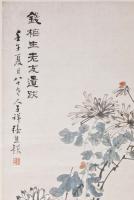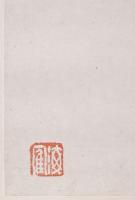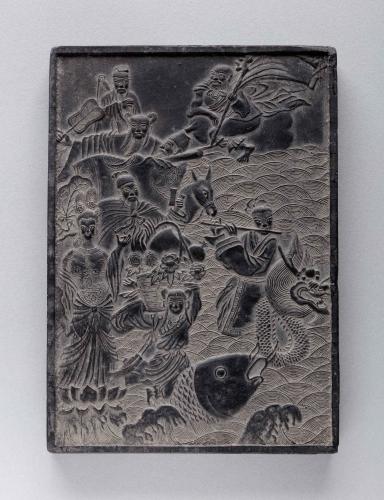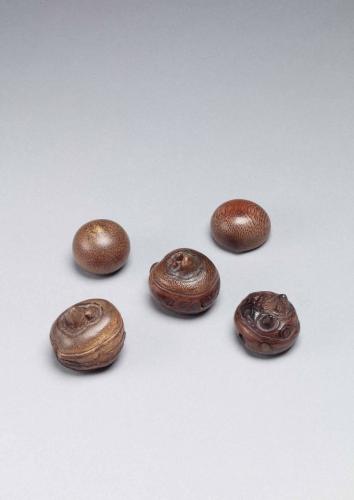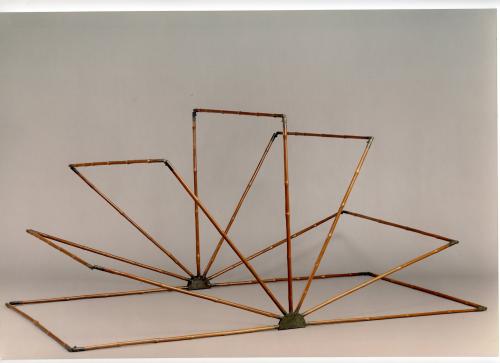

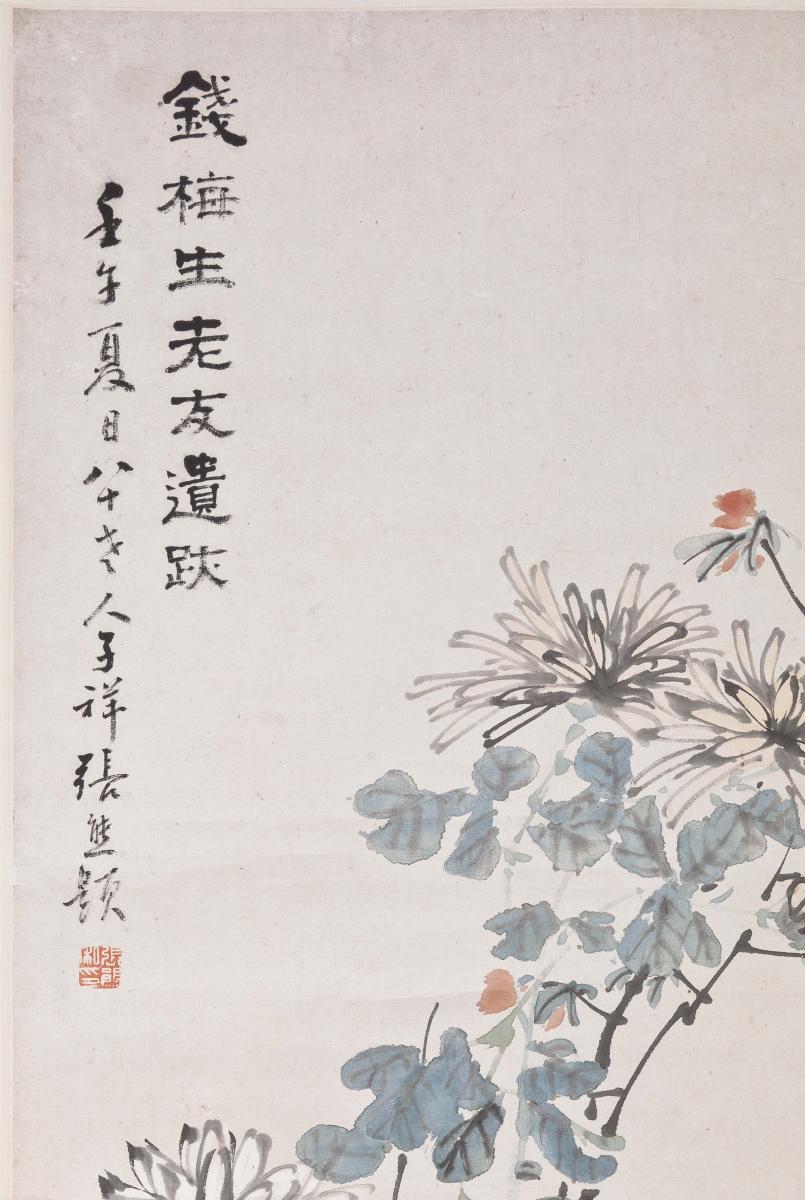
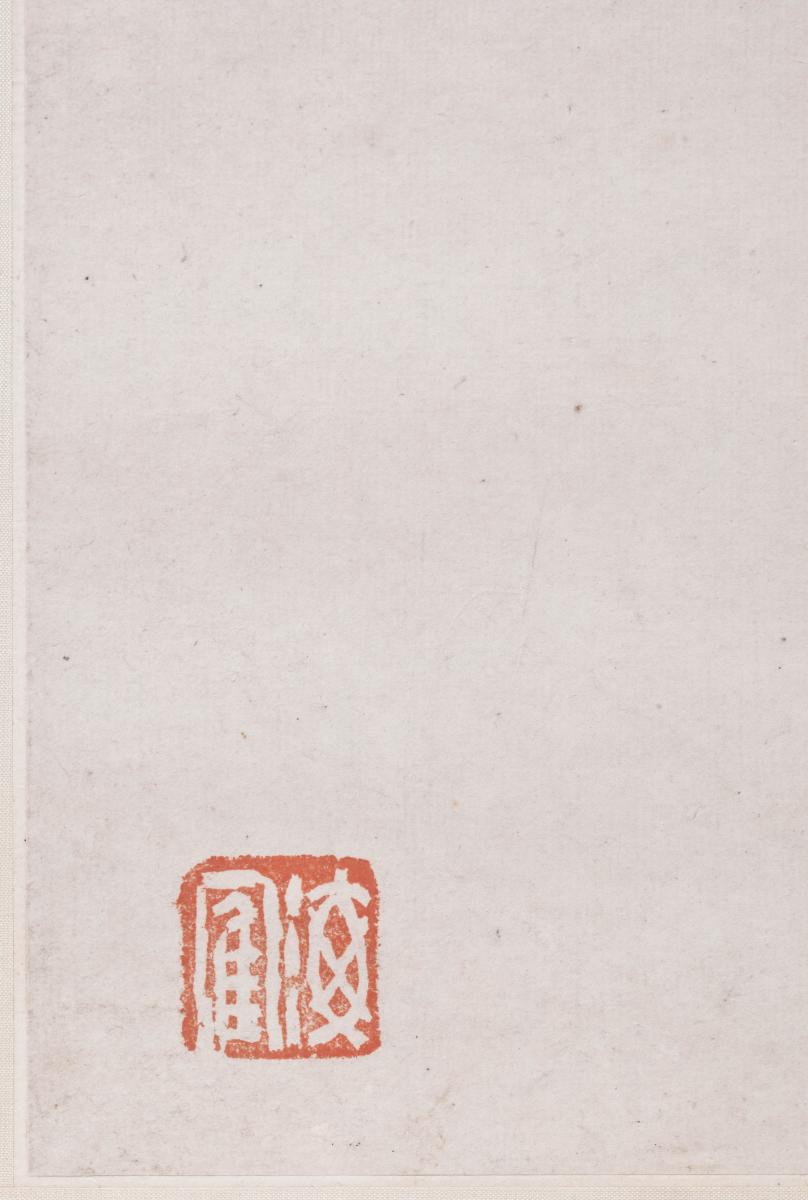
Price on application
This object is eligible for a Certificate of BADA Provenance
The BADA Standard
- Since 1918, BADA has been the leading association for the antiques and fine art trade
- Members are elected for their knowledge, integrity and quality of stock
- Our clients are protected by BADA’s code of conduct
- Our dealers’ membership is reviewed and renewed annually
- Bada.org is a non-profit site: clients deal directly with members and they pay no hidden fees
Qian Fengming (Meisheng; act. 1850s–70s). Flowers, Finger Citrons and Narcissus Bulbs. Qing dynasty, 1870s. Hanging scroll; ink and colour on paper. Inscription by Zhang Xiong (1803–1886).
Square intaglio seal of the artist haihe 海鶴 (Ocean crane). Inscribed by Zhang Xiong (1803–1886) ‘on a summer’s day in the renwuyear [1880] by an old man of 80, Zixiang, Zhang Xiong’ 壬午夏日八十老人子祥張熊題, followed by a square intaglio seal of Zhang Xiong, reading ‘Zhang Xiong si yin’ 張熊私印), and inscription reading錢梅生老友遺跡 ‘Left-over brushtraces by my old friend Qian Meisheng.’
Qian Fengming, whose style name was Meisheng 梅生 and sobriquet was Haihe waishi 海鶴外史, came from Taicang in Jiangsu and belonged to the first generation of Shanghai school painters active in the city during the 1850s through the 1870s, a generation that also included Wang Li 王禮, Hu Yuan 胡遠 and Zhang Xiong, the inscriber here. According to Haishang molin 海上墨林, Qian started out as a portraitist, studying with his uncle, Li Ziqing 李子卿. Later, however, he abandoned portraiture in favor of flower-and-bird painting in the tradition of the eighteenth-century painter, Hua Yan 華喦. Second-generation Shanghai school artists such as Ren Yi 任頤 and Zhu Cheng 朱偁drew partly upon Qian Fengming’s style of flower-and-bird painting to form their own styles. Collaborative works among Qian and these younger artists survive.
This hanging scroll is a fine example of Qian’s work from the 1870s, with his spirited brushwork and vivid sense of color on view. It depicts a common display in wealthy Shanghai residences of the time: combinations of crackle-glaze, modern-form flower vases, displayed on different levels. The artist has combined a range of autumnal flowers, with Buddha’s hand citrons and narcissus bulbs completing the scene. The auspicious meanings carried by particular combinations of flowers and/or vegetables, made such still lifes widely popular in the city.
After a painter’s death unsigned works were often left over in the studio. With such works it was common practice to add one of the artist’s seals and seek an authenticating inscription from another respected artist. Zhang Xiong, a senior figure in the Shanghai art world of 1880, would have been an obvious choice. As his inscription states, the two men were old friends.
Dimensions
144.8 x 39.4 cmStock number
1214-01The BADA Standard
- Since 1918, BADA has been the leading association for the antiques and fine art trade
- Members are elected for their knowledge, integrity and quality of stock
- Our clients are protected by BADA’s code of conduct
- Our dealers’ membership is reviewed and renewed annually
- Bada.org is a non-profit site: clients deal directly with members and they pay no hidden fees



